electrolight
Well-Known Member
- Joined
- Sep 19, 2013
- Messages
- 267
- Reaction score
- 66
So I am new to this whole brewing thing but I saw the Apfelwein thread and it just seemed tooo easyy.... So I followed the directions to the t (I'm good at that  ). But I have a few questions if any of the pros could help me out.
). But I have a few questions if any of the pros could help me out.
I used organic apple juice whose ingredients were:
"Pasteurized, pure, unfiltered juice from washed, select, ripe organic apples."
I don't plan on racking to secondary. I used glass because I just am skeptical of plastic. I know I know, it is "harmless". But I have read to many peer-reviewed scientific articles to believe it. Anyways, that's about it I suppose. Oh and I bought an Italian champagne corker to bottle a case worth of Belgian bottles (enjoying) and the rest into 12oz bottles (sampling).
I know I know, this whole endeavor was a big start up cost but my German roots coerce me to do something once and do it correctly. So I'd rather save up and go all out, than piddle around doing something half ***. Anyways... back on track.
Questions:
1) Since the day I bought the juice, it was never clear. But I've read that I should wait for bottling until "the fermentation process makes the fluid clear again." That, "again" is throwing me off. Will it get clear if it never was clear to begin with? Should I just bottle after 5 weeks like I planned?
2) The carbonation has slowed considerably (like it is supposed to). But I am wondering, since I will bottle, will the yeast be alive to process the priming sugar to carbonate? Or will it die after sitting there without food for a few weeks? Thus, do I need to re-pitch some yeast? If so, how much of a packet?
3) I am wondering if everything looks ok. It looks like something is cakeing at the bottom. People call it yeast in the forums but um, isn't it, um... excretion? Will it mess with flavor? Also, I read racking to secondary wasn't necessary, and I just want to remain as traditional as I can (with reason) so I am wondering how beer making was done in 1600's. Was beer racked to secondary?
4) How does it look!? Any tips?
Any tips?
Happy Brewing!
Electrolight
PS: Sorry for such a long post. I'm just trying to be thorough.

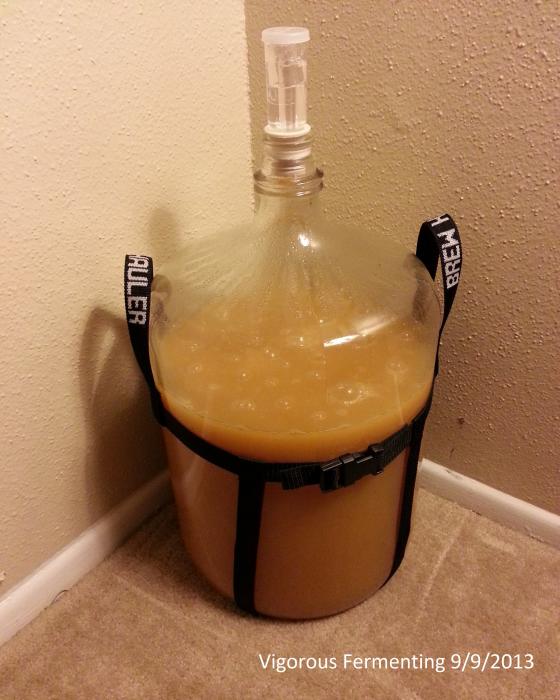
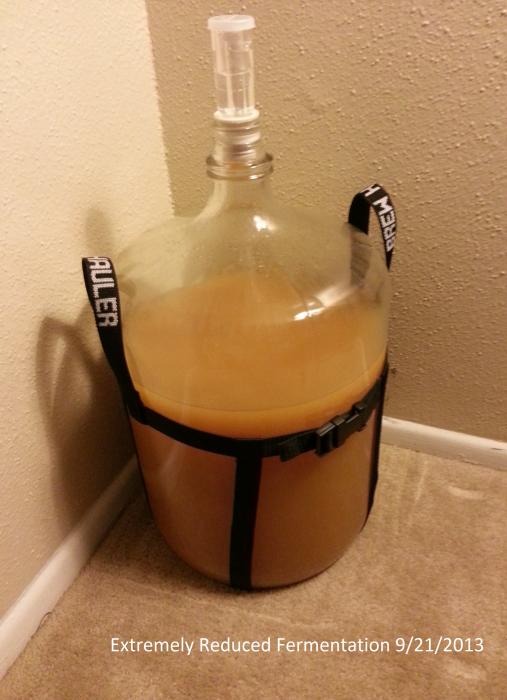
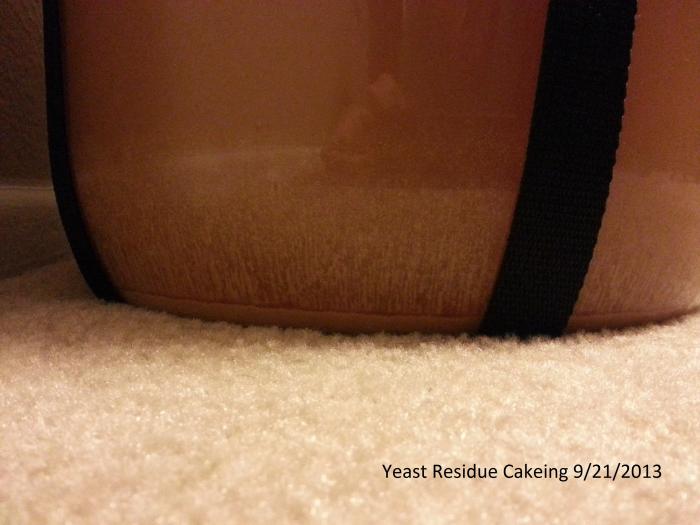
I used organic apple juice whose ingredients were:
"Pasteurized, pure, unfiltered juice from washed, select, ripe organic apples."
I don't plan on racking to secondary. I used glass because I just am skeptical of plastic. I know I know, it is "harmless". But I have read to many peer-reviewed scientific articles to believe it. Anyways, that's about it I suppose. Oh and I bought an Italian champagne corker to bottle a case worth of Belgian bottles (enjoying) and the rest into 12oz bottles (sampling).
I know I know, this whole endeavor was a big start up cost but my German roots coerce me to do something once and do it correctly. So I'd rather save up and go all out, than piddle around doing something half ***. Anyways... back on track.
Questions:
1) Since the day I bought the juice, it was never clear. But I've read that I should wait for bottling until "the fermentation process makes the fluid clear again." That, "again" is throwing me off. Will it get clear if it never was clear to begin with? Should I just bottle after 5 weeks like I planned?
2) The carbonation has slowed considerably (like it is supposed to). But I am wondering, since I will bottle, will the yeast be alive to process the priming sugar to carbonate? Or will it die after sitting there without food for a few weeks? Thus, do I need to re-pitch some yeast? If so, how much of a packet?
3) I am wondering if everything looks ok. It looks like something is cakeing at the bottom. People call it yeast in the forums but um, isn't it, um... excretion? Will it mess with flavor? Also, I read racking to secondary wasn't necessary, and I just want to remain as traditional as I can (with reason) so I am wondering how beer making was done in 1600's. Was beer racked to secondary?
4) How does it look!?
Happy Brewing!
Electrolight
PS: Sorry for such a long post. I'm just trying to be thorough.






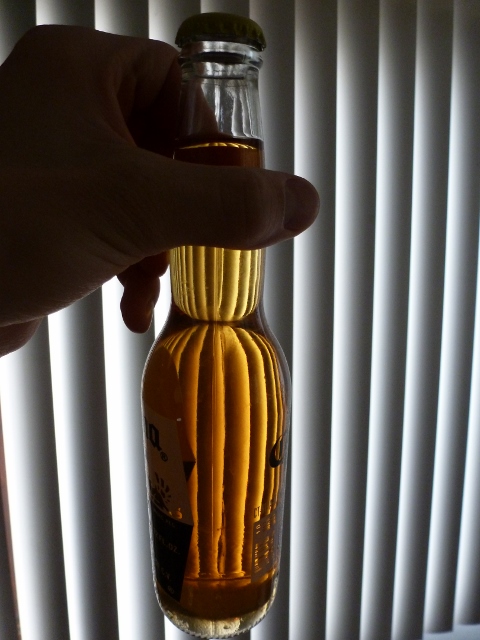
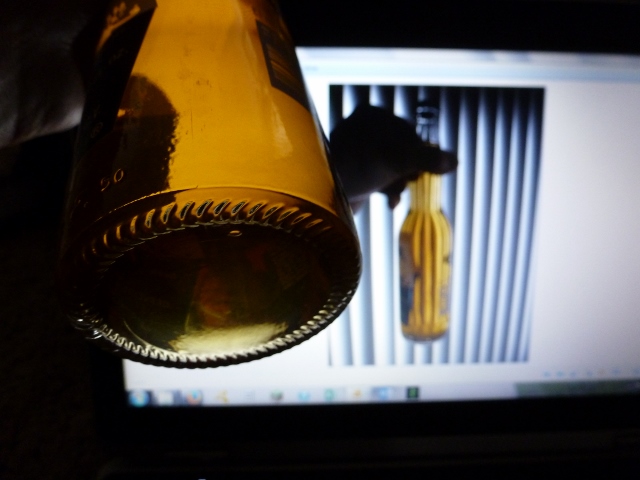
 Likely didn't brew in glass either. You need to build yourself an open wooden or stone vat and let chance ferment your apfelwein if you want to be authentic.
Likely didn't brew in glass either. You need to build yourself an open wooden or stone vat and let chance ferment your apfelwein if you want to be authentic.
